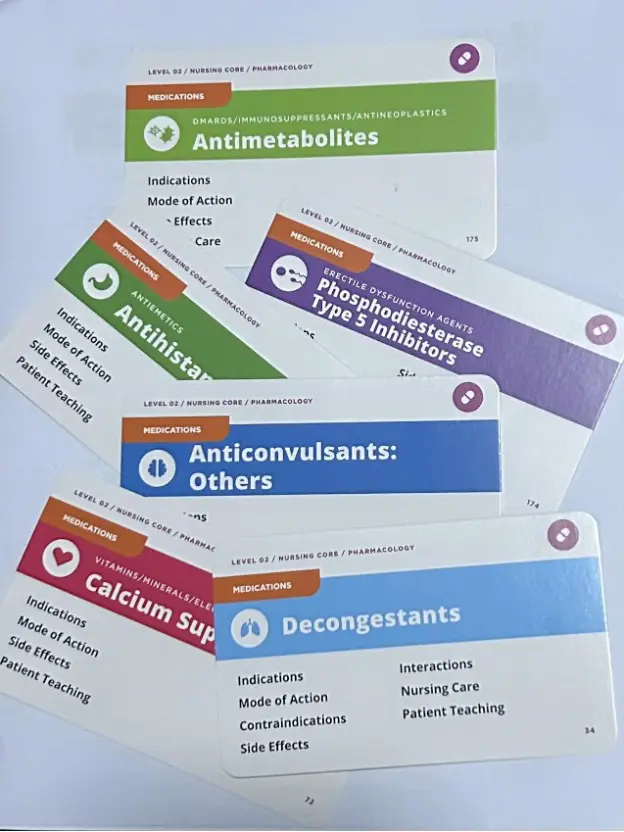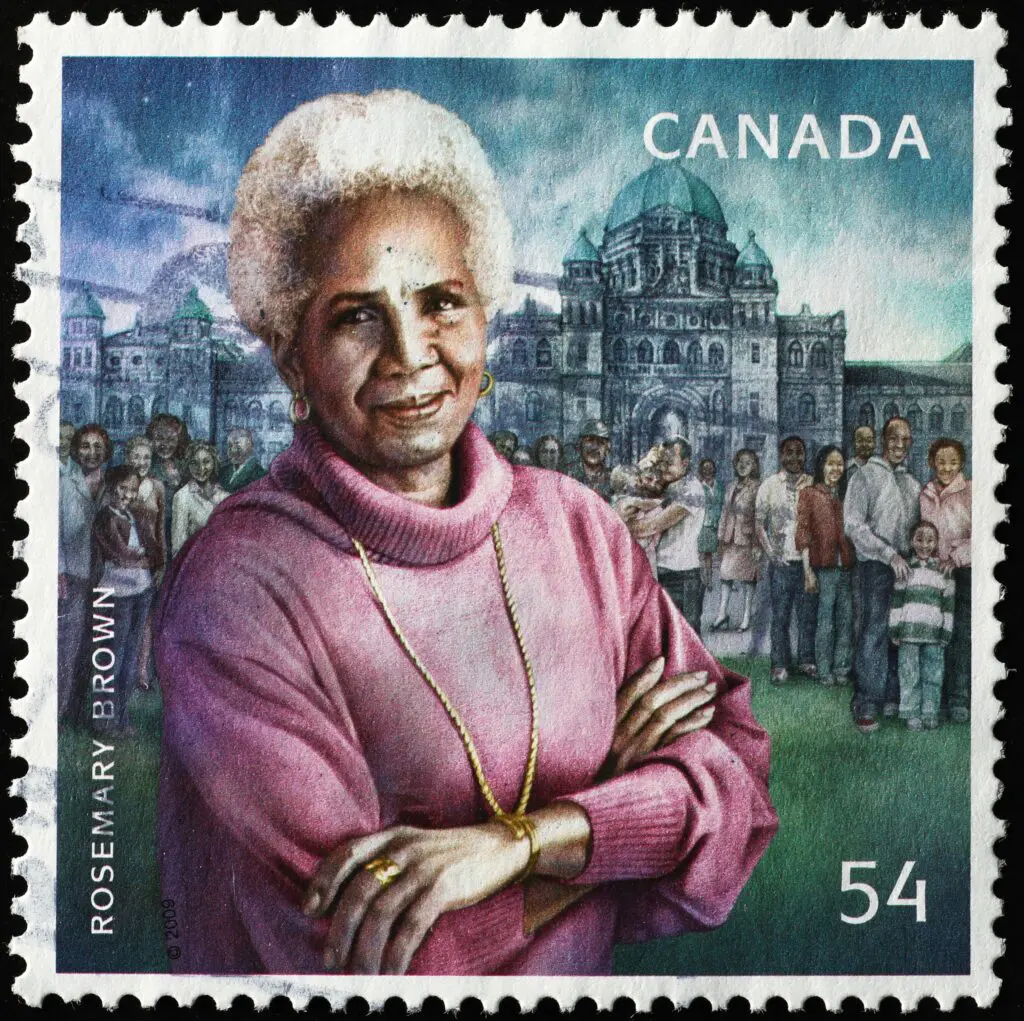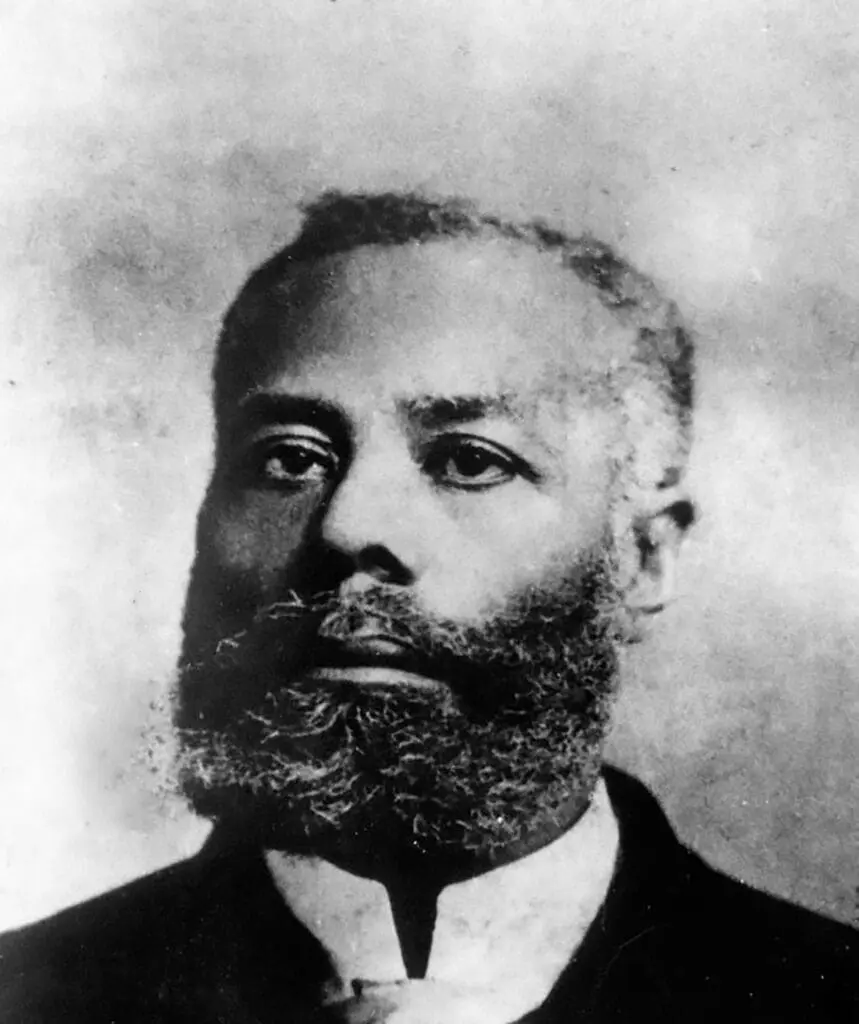As an international student or a new immigrant, building a local social network can be difficult. In Canada, it’s normal for students to work a few hours a week while in school. It’s a great way to graduate with some working experience under your belt and meet new people. Plus, the extra funds can be put towards tuition, books, or living expenses. If you’re new to Canada, I would recommend finding a part-time job, even if it’s just one shift a week. In this post, I’ve put together five steps you can take to get employed in Canada.
Step #1 – Get your resume ready
Preparing your resume is the first and most important step in job hunting. You will likely be applying for jobs online, which makes your resume the first point-of-contact with a potential employer. Therefore, be sure to include all of your relevant work experience and education. Grab a piece of paper to write down all the work experiences you have, but keep it fresh – nothing more than five years old.
A basic resume will have your name, contact information, work experience (including internships), education, skills, etc. I moved to Canada right after completing my high school and had no work experience at all, I guess like most international students. However, as students, we participate in many extra-curricular activities, which you can add to your resume. For example, did you help your teachers organize events? Did you tutor fellow students? Did you take on any type of leadership role? If yes, then write it down. After all, your job will require more experience.
Make sure the resume is easy to read. You can do so by keeping your sentences short and precise and organizing the events/experiences chronologically. Your current job or education should be the first on the list. You can find a variety of resume templates on Google Docs and Microsoft Word.
Your employer tells you everything you need to know about the job in their job posting. Read the job posting very carefully and highlight the required skills that you have in a strategic manner.
Step #2 – Let’s find a job
Thanks to technology and internet, finding jobs is easier than you may think. Are you still in your home country, packing up your bags? Grab your cell phone and do a quick search on Google. Type in, for example, “Part-time jobs in Surrey BC, Canada.” You’ll come across a number of job search websites. Below are some of the more well-known sites:
Job fairs are also good places to find employment and connect with potential employers. Once again, the internet is your friend to find out about upcoming job fairs. Or, maybe keep a copy of your resume in your bag and if you see a ‘Now Hiring’ sign then feel free to walk-in and drop off your resume personally. When you’re at Stenberg College, check the bulletin boards regularly to look for new job postings. It’s always a good idea to apply for multiple jobs rather than just one as it increases the probability of getting a call for an interview.
Step #3 – Cover Letter
If you are looking for a part-time temporary job then you might not really need a cover letter but in the long-run, a cover letter is just as important as your resume to get employed in Canada. It’s basically a letter describing why you should be hired, your passion for the job or company, and your relevant qualifications highlighted. Even if the employer doesn’t ask for a cover letter, it is always a good idea to submit one.
A cover letter should always be addressed properly as it displays your professionalism. If there is no contact information in the job posting then do some research and try to find the name of the hiring manager. The more personalized you make it, the better results you can expect. The other most important thing to remember is to use the correct gender. Most applicants use sir while addressing someone through letters or emails without realizing that the receiver may be a female. If you are not sure about the name or gender then keep it formal and use ‘Dear Hiring Manager’. If you are using names then remember to double check the spelling.
Step #4 – References
Professional references have to be provided with your job application. Don’t worry if you’re new to Canada and don’t know anyone. You can always ask your instructors to be your reference. Make sure to add three references and attach it to your resume. Eventually, you will build your professional network but this is a good place to start. It always starts with a little social circle you build on as you go on.
Step #5 – Interview
When it comes to interviews, here’s my suggestion: Practice, research, practice some more.
For most people, an interview is an intimidating experience. However, that’s not to say that you’re on your own. There are many techniques for acing your interviews. Research the most common interview questions for your role and industry. Write your answers to these questions and practice answering them with a friend. Ask your friend to give you constructive feedback about your answers, your body language, etc. Research the company you’re applying to and memorize important details. They come in handy during the interview.
Tip: ALWAYS proofread. Read your resume and cover letter multiple times. The longer you look at a document, the harder it gets to catch errors. Get someone you trust to check your resume for spelling mistakes, sentence structure and any other errors that stand out. If something stands out to them, it will likely be noticed by potential employers as well.






